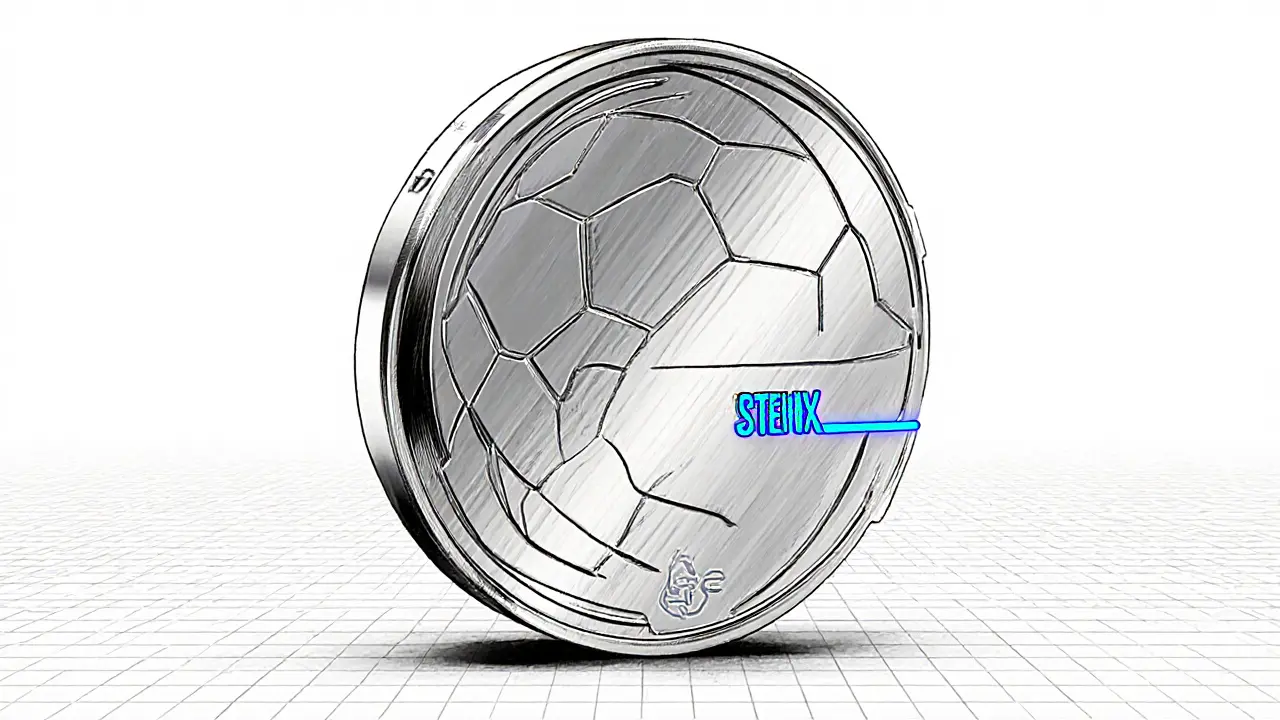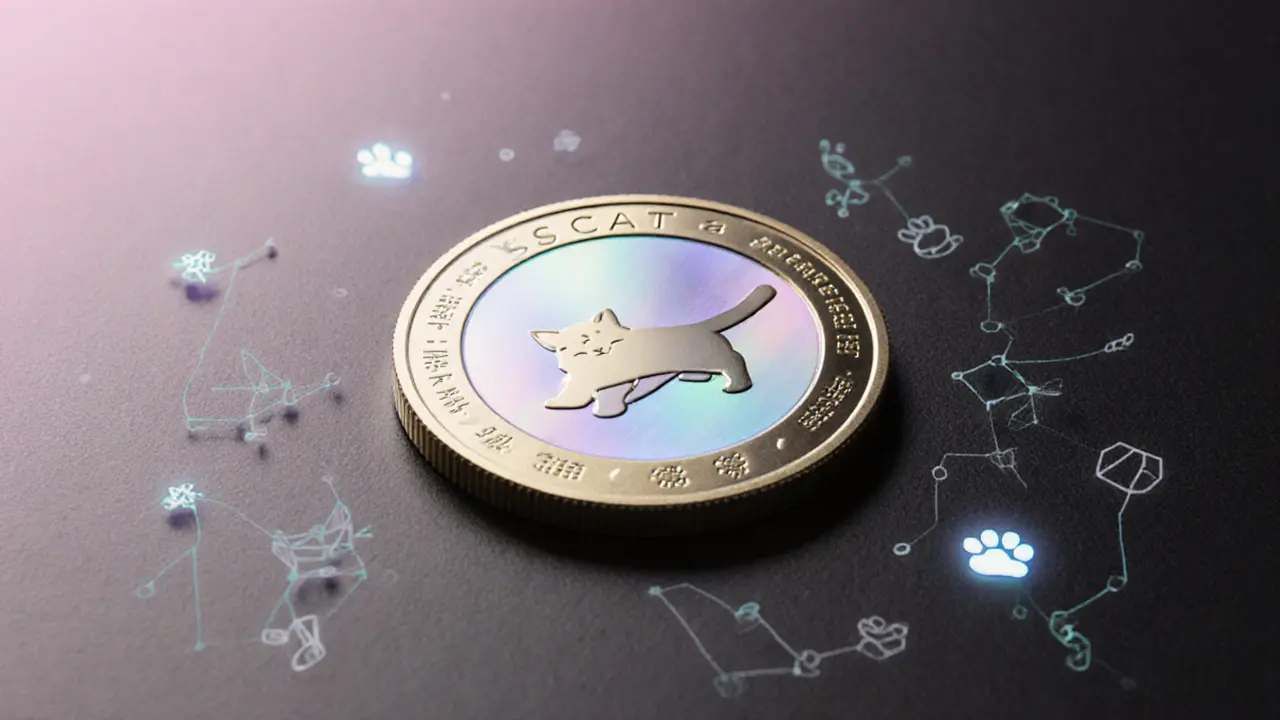Crypto Token Overview
When working with crypto token, a digital asset that represents a specific utility, security, or value on a blockchain network. Also known as token, it enables programmable transactions and can power decentralized applications. Understanding a token’s purpose helps you decide where to invest, how to use it, and what risks to watch. Below we’ll break down the most common token‑related concepts you’ll meet in our articles.
The first concept that often pops up is the airdrop, a free distribution of tokens to qualified wallets, usually to spark interest or reward early supporters. Airdrops influence token distribution, shape early price movements, and can be a low‑cost way to test a new project. Knowing the eligibility rules, claim process, and tax implications can turn a promotional giveaway into a real opportunity.
Next, think about where you actually buy, sell, or trade a token. That’s where a crypto exchange, an online platform that matches buyers and sellers of digital assets, often providing charts, order types, and custody options comes in. Exchanges require security measures, fee structures, and regulatory compliance, all of which affect your net returns. Comparing centralized and decentralized exchanges lets you balance convenience against control.
All of these activities sit on top of a blockchain, a distributed ledger that records transactions in immutable blocks, enabling trust without a central authority. The blockchain you choose determines transaction speed, gas costs, and the programming language you can use for smart contracts. For example, Binance Smart Chain offers low fees, while Ethereum provides a broader ecosystem of DeFi tools.
Beyond the basics, tokenomics defines a token’s supply rules, inflation rate, and utility. Fixed supplies create scarcity, whereas minted or burned tokens can adjust scarcity over time. Understanding these attributes lets you assess long‑term value and predict how market dynamics might shift.
Regulatory environments add another layer. Countries like China and Thailand have specific licenses and tax treatments that affect how tokens can be issued, traded, or airdropped. Staying aware of local rules helps you avoid legal pitfalls and choose compliant exchanges.
When you combine tokenomics with DeFi, new possibilities emerge. crypto token lending, flash loans, and yield farming let you earn returns without selling your assets. However, each DeFi product carries smart‑contract risk, liquidity risk, and sometimes volatile reward structures. Knowing how these services interact with the underlying blockchain and exchange improves your risk management.
All of these pieces – airdrops, exchanges, blockchains, tokenomics, and DeFi – form a web of choices that shape a token’s lifecycle. In the list below you’ll find step‑by‑step guides, deep reviews, and up‑to‑date analyses that cover each of these angles. Dive in to see how the concepts connect and how you can apply them to your own trading strategy.
What Is STEMX (STEMX) Crypto Coin? A Plain‑English Guide
A clear, plain‑English guide to STEMX crypto coin: what it does, how it works, tokenomics, market data, risks and how to trade it.
VIEW MORESimon’s Baby Cat (SCAT) Token Explained - What It Is, How It Works, and How to Buy
Discover what Simon's Baby Cat (SCAT) crypto coin is, its tech details, market performance, how to buy it, and why experts warn it's a high‑risk meme token.
VIEW MORE

